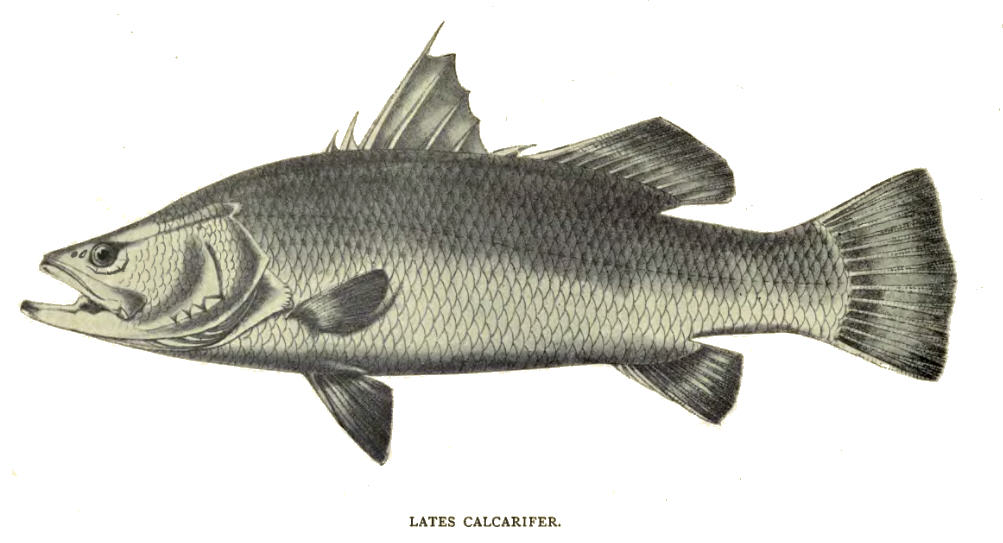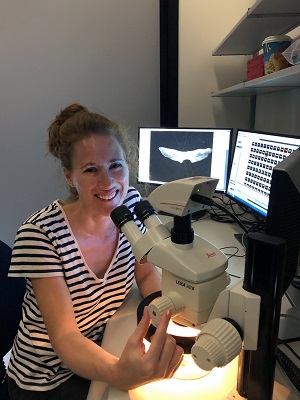 Australia’s barramundi stocks could be heading for a healthier future thanks to the powers of mathematical modelling.
Australia’s barramundi stocks could be heading for a healthier future thanks to the powers of mathematical modelling.
A team at The University of Queensland’s and the Queensland Department of Agriculture and Fisheries has devised a way to generate relatively accurate estimates of barramundi populations.
UQ’s Dr Sabrina Streipert said she was excited to use applied mathematics to expose trends in the fish stocks.
“Australia caught 900 tonnes of barramundi in commercial, recreational and customary Indigenous fisheries in 2017,” Dr Streipert, at the UQ Centre for Applications in Natural Resource Mathematics (CARM), said.
“In order to protect this fish, five genetically different stocks in Queensland need to be monitored and sustainable harvest strategies implemented.
“We can then use a mathematical model to investigate possible future outcomes and different management strategies.
“This would ensure that population levels of barramundi do not decline to dangerously low levels, keeping in mind the potential policy ramifications for fisheries.”
Dr Streipert’s first step was to translate the species-specific characteristics into mathematical formulae.

“To do this, I worked closely with scientists at Queensland’s Department of Agriculture and Fisheries to capture salient biological processes of the species in a mathematical model,” she said.
“Then we had to integrate field data into the model: the age, length, amount of catch, location of catch, gear used etcetera, collected by commercial fisherman and scientists.
“And finally, we built a theoretical model that best explains the data we obtained from the field.”
That model was used to investigate the effects of various possible fishing regulations to secure the health of barramundi populations.
“Biology, mathematical modelling, data science, statistics and economics are all vital for deriving reliable estimates for the population’s abundance,” Dr Streipert said.
“My passion for mathematics reaches a different level - knowing that it can help sustain an iconic species like the Australian barramundi.
“Mathematical models have a lot to offer conservationists, already proving extremely beneficial for both the fish and the fishermen, with other CARM researchers using similar tools for scallops and coral trout.
“Since many fish species are being assessed using similar mathematical models, lessons learned from the barramundi study may also benefit assessments of these other species.”
Media: Dr Sabrina Streipert, s.streipert@uq.edu.au, +61 432 534 369; Dominic Jarvis, dominic.jarvis@uq.edu.au, +61 413 334 924.



